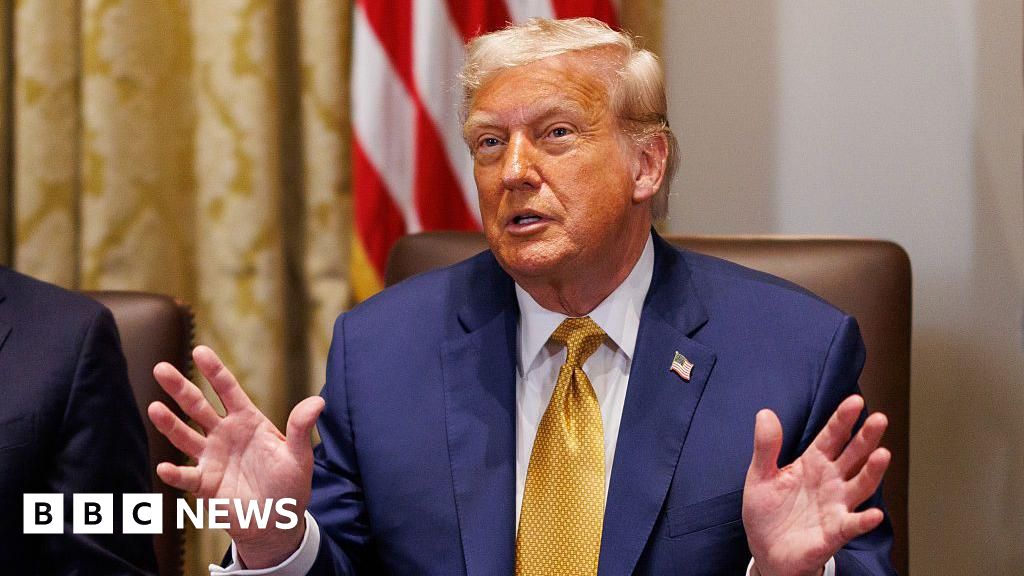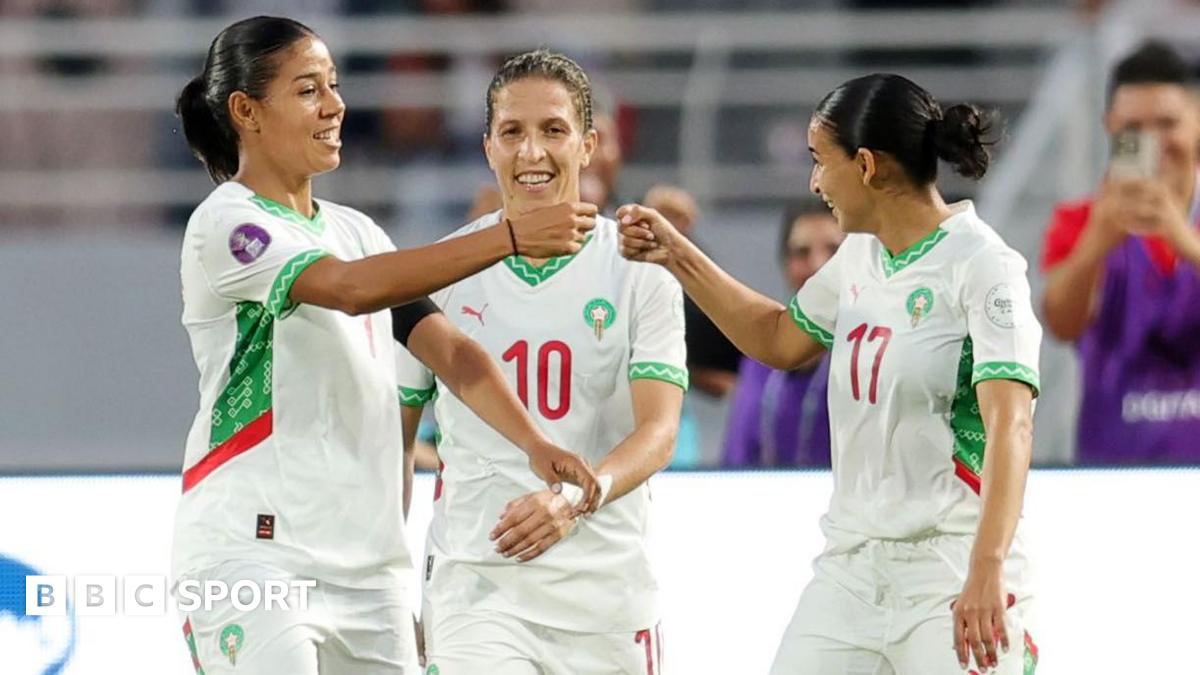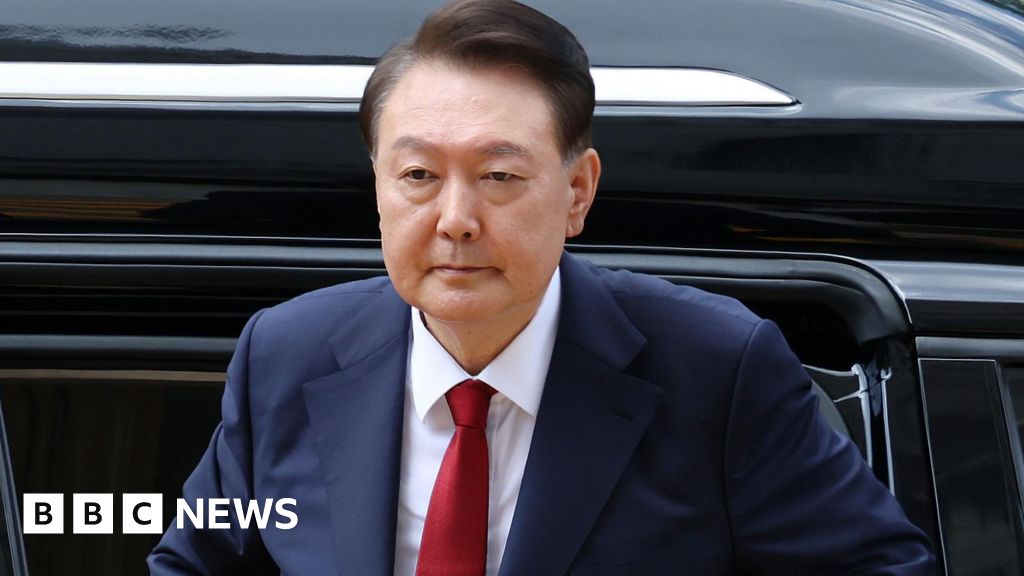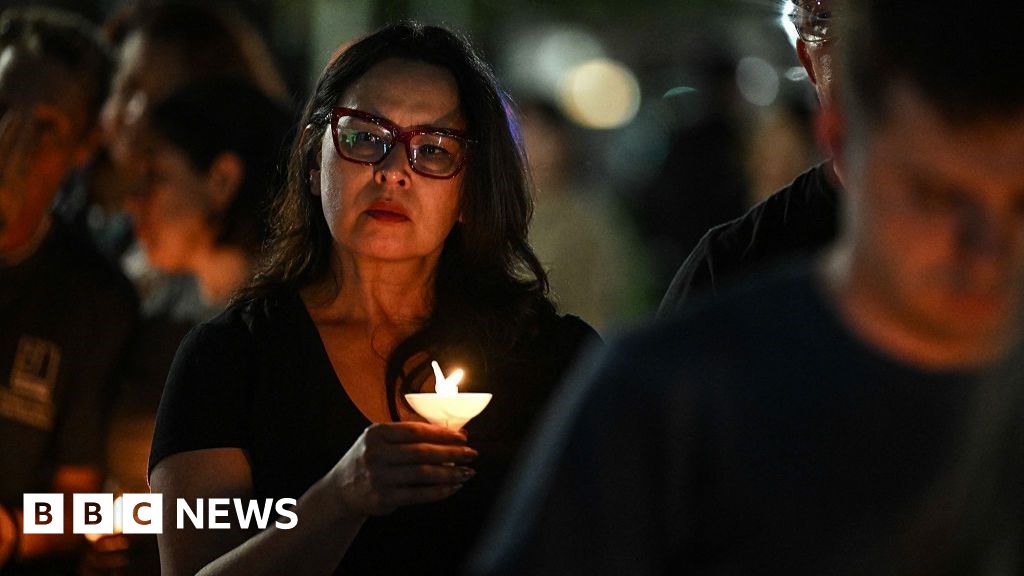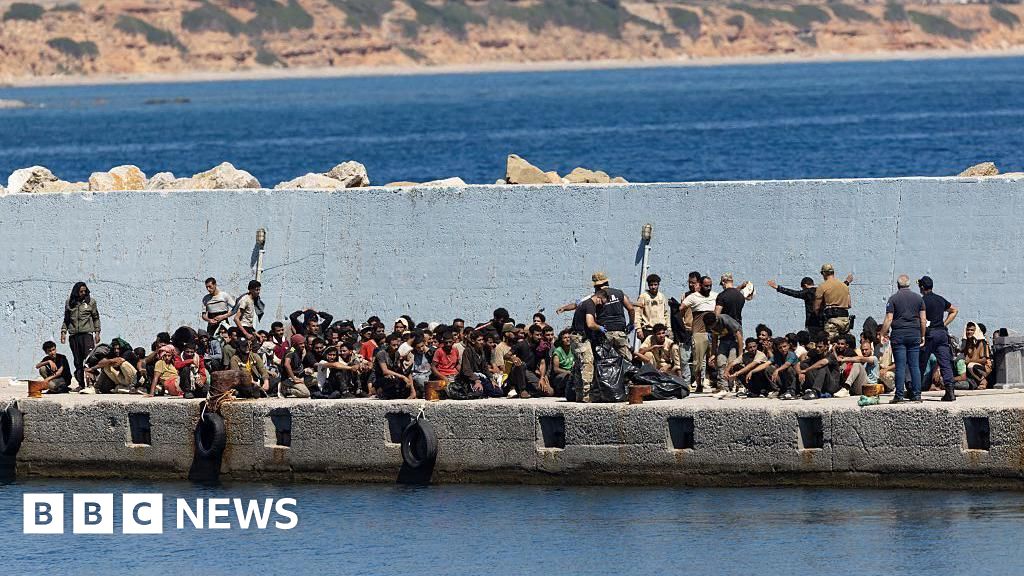The stretch run of the baseball season is rapidly approaching. Before you know it, the MLB trade deadline will be here, and roughly two weeks after that — Friday, Aug. 15, at noon ET — our standard fantasy baseball trade deadline arrives.
With the All-Star break just a few days away, now is the ideal time to re-examine your roster, determine what areas might warrant improvement, and make some trade offers. After all, the annual four-day respite from the day-to-day lineup setting grind begins on Monday. It’s a perfect opportunity for seeking out trades.
Ah, but what to target in a deal? That’s where the Forecaster projections can help. Pulling in all 30 teams’ second-half schedules — meaning this study begins only with the games on Friday, July 18 — I’ve evaluated them all to determine which teams have it the easiest and toughest the rest of the way.
After all, while players’ skill sets are the driving force in fantasy valuations, don’t underestimate the impact of matchups. Even the slightest edge over what is roughly 40% of the season left to play can pay huge dividends in fantasy leagues.
For this, I’ve taken only player and team projections, rather than statistics already in the tank. (What good does it do to count stats accrued by out-for-the-season players?) Using this information, I’ve graded each team’s schedule relative to the league average. Hitters and pitchers are examined separately.
Naturally, the Colorado Rockies, due to the “hitters’ heaven” nature of their home ballpark have the second-half’s best hitters’ and worst pitchers’ schedules (8.3% better and 8.6% worse than league average). That’s largely the result of their 35 home games, tied for third-most.
They also have the third-most righty heavy schedule, with those two factors combined a potential boon for Mickey Moniak, who has wOBAs 109 points higher at home than on the road, and 69 points higher against right- than left-handers.
Removing the Coors Field denizens from the equation, let’s take a look at the other teams and potential individuals to target based on what’s still left to play on the 2025 schedule.
Best non-Rockies hitter schedules
Atlanta Braves (3.8% better than league average): Atlanta faces only two pitching staffs that the Forecaster grades 5% or more better than league average for the remainder of the year — the Cleveland Guardians (Aug. 15-17, in Cleveland) and Seattle Mariners (Sept. 5-7, in Atlanta). Additionally, the Braves are the team likeliest to face the largest volume of left-handed pitching during the second half (potentially 30% of their opposing starters), which is a boon to Ozzie Albies, Austin Riley and Marcell Ozuna, who have historically been excellent against lefties.
Cleveland Guardians (3.1% better): Their 38 home games are the majors’ most, which says a lot about the quality of pitching they’ll face, considering Progressive Field has been an extreme pitchers’ park in recent years. The Guardians are also second most-likely to face the largest volume of right-handed pitching (potentially 80% of their opposing starters), which could lead to better second halves for Nolan Jones and Kyle Manzardo.
Minnesota Twins (3.0% better): The Twins play a good share of the second half in hitter-friendly environments, as in addition to half of their 66 games coming at their own Target Field, they’ll also make three-game visits to Coors Field, Yankee Stadium, Rogers Centre and Citizens Bank Park. Carlos Correa and Trevor Larnach could particularly benefit from the advantageous schedule.
Other teams on this side: Los Angeles Angels, 1.8% better; Toronto Blue Jays, 1.6% better; Houston Astros, 1.2% better.
Worst hitter schedules
New York Mets (6.6% worse than league average): They’ve struggled since mid-June (just 3.89 runs per game since June 15, seventh-worst), and their second-half schedule is anything but forgiving. That’s especially true between July 25 and Aug. 17, when the Mets face the San Francisco Giants (six games), San Diego Padres (3), Guardians (3), Milwaukee Brewers (3), Braves (3) and Mariners (3). Overall, no team plays a greater volume of second-half games in pitchers’ parks than the Mets. This could be a good time to cash in a red hot hitter like Brandon Nimmo.
St. Louis Cardinals (3.8% worse): Their second half begins with a six-game road trip to Chase Field and Coors Field, but after that, they get almost no breaks on the hitting side the rest of the way. The Cardinals, like the Mets, also play a large volume of their games in pitchers’ parks — and the largest once that initial road trip is done.
Athletics (3.7% worse): Their 30 second-half home games, at the extreme hitter-friendly environment of Triple-A’s Sutter Health Park, are fourth-fewest in the majors. Tuck that away if you roster either Jacob Wilson or Lawrence Butler, who respectively have 61 and 65 points-higher wOBAs at home than on the road this season.
On a related note, the Tampa Bay Rays, baseball’s other team calling a Triple-A venue its home this season, has an MLB-low 28 home games and a hitting schedule 2.2% worse than league average (sixth-worst).
Other teams on this side: San Francisco Giants, 3.2% worse; Chicago White Sox, 3.2% worse.
Best pitcher schedules
San Diego Padres (5.3% better than league average): The Padres face a lot of bad offenses during the second half, including seven games against the Rockies and three apiece against the White Sox, Miami Marlins and Washington Nationals. They also make trips to extreme pitchers parks LoanDepot Park, Oracle Park, T-Mobile Park and Citi Field. The soft schedule strengthens the case for Yu Darvish and Michael King finishing strong after recent injuries, and for Dylan Cease to rebound from a lackluster first half.
New York Mets (3.7% better): All those games in pitching-friendly environments suit Mets pitchers well and, like the Padres, they have a pair of recovering starters in Sean Manaea and Kodai Senga who should benefit.
Houston Astros (3.3%): History favors their pitchers, as their 3.30 post-break ERA from 2021-24 is third-best in baseball, and they’ve also won a third-best 59.4% of their games in that time. This year’s schedule is plenty soft, and should help both Hunter Brown and Framber Valdez remain among fantasy’s best starters.
Other teams on this side: St. Louis Cardinals, 3.1%; Chicago Cubs, 2.8%; New York Yankees, 2.8%.
Worst non-Rockies pitcher schedules
Boston Red Sox (6.3% worse than league average): Strangely enough, they play the second-fewest home games of any team during the second half (29), meaning they’re up against some tough competition considering the hitter-friendly nature of Fenway Park. About the only reprieves their pitchers will get are a five-game stretch at home against the Marlins and Baltimore Orioles (Aug. 15-19) and their seven-game Week 22 against those same Orioles and the Pittsburgh Pirates (Aug. 25-31). Lucas Giolito will be hard-pressed to extend his current hot streak.
Cincinnati Reds (5.0% worse): They call one of baseball’s most HR-friendly environments their home, which drags their schedule rating down, but it also doesn’t help that they will play 19 games against top-five offenses, in addition to at least 15 against teams just outside that cutoff. Expect fewer streaming opportunities from Reds starters during the second half.
Texas Rangers (3.7% worse): They have a brutal second-half schedule, particularly fantasy’s Weeks 20 and 21 (Aug. 4-17), when they face nothing but top-eight graded offenses. It has been a magical comeback year for Jacob deGrom, but considering his extensive injury history and the challenging schedule ahead, it’s at least worth listening to what you could get for him in trade.
Other teams on this side: Milwaukee Brewers, 1.9% worse; Kansas City Royals, 1.6%; Detroit Tigers, 1.6% worse.
Source link
